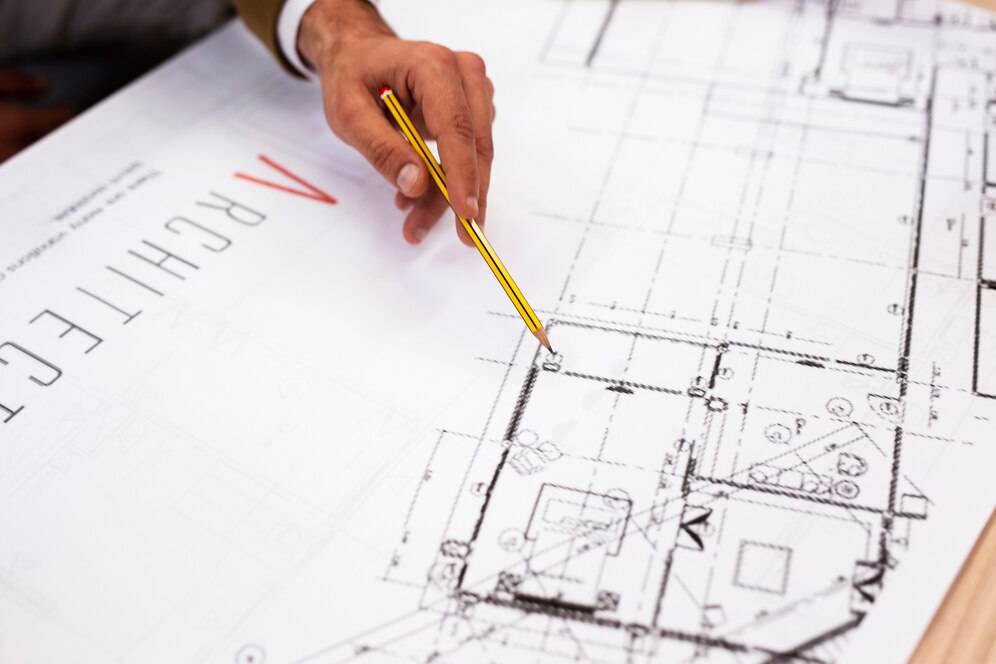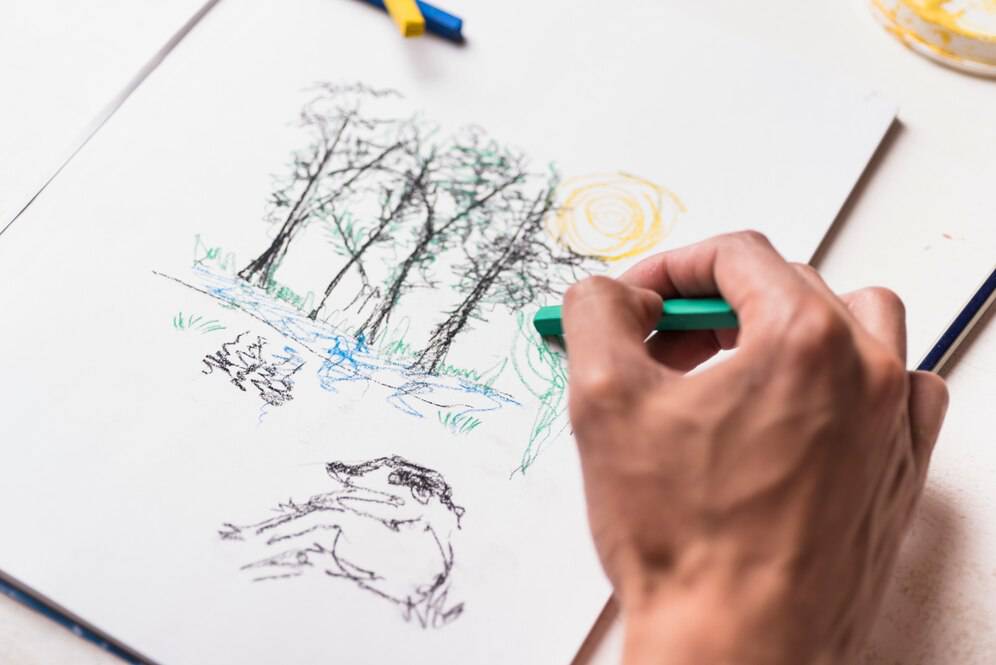Pencil drawing is a timeless art form that has captivated artists and art enthusiasts for centuries. From simple sketches to highly detailed illustrations, pencil drawings can range from the most basic to the most intricate art pieces. The appeal of pencil drawings lies in their simplicity, accessibility, and the stunning level of detail that can be achieved. In this article, we’ll explore how to create Pencil:f9kdhkibbmm= Drawings, offering tips and techniques to help you elevate your art and produce stunning results.
Table of Contents
Understanding the Basics of Pencil:f9kdhkibbmm= Drawings
Before diving into techniques and tips, it’s essential to understand what Pencil:f9kdhkibbmm= Drawings are and how they differ from other types of drawings. Pencil drawings typically involve the use of graphite or colored pencils to create images on paper or similar surfaces. The versatility of pencils makes them suitable for a wide range of styles, from hyper-realistic portraits to loose, abstract sketches. The key to Pencil:f9kdhkibbmm= Drawings lies in mastering both the medium and the tools, including the pencils themselves, the type of paper, and additional materials like erasers or blending stumps. Decker Nilsson Sixx
Graphite pencils come in various grades, ranging from hard (H) to soft (B), with the softer pencils providing darker, richer lines and the harder pencils offering lighter, more delicate strokes. Understanding the range of pencils and their applications is crucial when working with Pencil:f9kdhkibbmm= Drawings. Different pencils allow for different textures, shading, and tones, making them indispensable for producing the depth and contrast that define stunning pencil artwork.
Tools and Materials for Pencil:f9kdhkibbmm= Drawings
Creating exceptional Pencil:f9kdhkibbmm= Drawings starts with the right tools and materials. While you don’t need a lot of expensive supplies, selecting high-quality pencils, paper, and accessories can make a significant difference in your results. Let’s break down the essential tools:
- Pencils: The type of pencil you choose plays a major role in the outcome of your drawings. Graphite pencils are categorized by numbers and letters indicating their hardness or softness. H pencils are hard and produce light, fine lines, while B pencils are soft and create dark, bold strokes. A good set of pencils ranging from 2H to 6B will give you the flexibility to add depth and dimension to your Pencil:f9kdhkibbmm= Drawings.
- Paper: The texture and thickness of the paper also impact the quality of your drawings. Smooth paper, like Bristol or sketching paper, allows for clean, sharp lines and is great for detailed work. Textured paper, on the other hand, creates a more tactile and expressive finish, ideal for Pencil:f9kdhkibbmm= Drawings that require more depth.
- Erasers: A quality eraser, such as a kneaded or vinyl eraser, is essential for correcting mistakes or adding highlights to your work. When doing Pencil:f9kdhkibbmm= Drawings, using an eraser isn’t just about fixing errors – it’s a technique for creating dimension and contrast.
- Blending Tools: Blending stumps, tissue paper, or even your fingers can be used to smooth out pencil lines and create gradients in your Pencil:f9kdhkibbmm= Drawings. Blending helps achieve smooth transitions between light and dark areas, giving your drawings a more professional finish.
By investing in the right materials and learning how to use them, you can significantly improve the quality of your Pencil:f9kdhkibbmm= Drawings.

Techniques for Creating Stunning Pencil:f9kdhkibbmm= Drawings
The true magic of Pencil:f9kdhkibbmm= Drawings come to life through technique. Even the most basic drawing can be transformed into a stunning piece of art with the right approach. Here are some key techniques to keep in mind as you work on your pencil drawings:
- Shading and Gradients: Shading is perhaps the most critical technique in pencil drawing. It helps give your work a sense of depth, realism, and texture. By varying the pressure you apply to the pencil, you can create light and dark areas, known as values. Start with lighter shades and gradually build up the darker areas, blending them smoothly for a natural transition. Cross-hatching and stippling are popular shading techniques that add texture to your Pencil:f9kdhkibbmm= Drawings.
- Highlighting: While shading brings depth, highlights bring light. Don’t overlook the power of leaving parts of your drawing untouched by the pencil. These highlights can represent reflections, glows, or shiny surfaces in your subject. You can also use an eraser to lift graphite from specific areas, making the highlights more pronounced in your Pencil:f9kdhkibbmm= Drawings.
- Layering: Like painting, layering is essential in drawing with pencils. Build up your layers gradually, starting with the lightest shades and moving toward the darker ones. This allows you to control the contrast more effectively and gives your drawing a polished, professional look. Layering is especially effective for creating realistic textures in Pencil:f9kdhkibbmm= Drawings, like fur, hair, or skin.
- Perspective and Proportion: Achieving proper perspective and proportion is vital for creating realistic drawings. Whether you’re drawing a landscape, a still life, or a portrait, understanding how to accurately depict the size and position of objects about each other is crucial. Practicing basic perspective techniques, such as vanishing points and horizon lines, will enhance the realism of your Pencil:f9kdhkibbmm= Drawings.
- Texture Creation: Depending on the subject of your drawing, texture can make a significant difference. If you’re working on a portrait, understanding how to draw the texture of hair or skin is essential for realism. For landscapes, it’s about capturing the texture of leaves, grass, or water. Using different pencil strokes, varying pressure, and employing tools like blending stumps can help you create convincing textures in your Pencil:f9kdhkibbmm= Drawings.
Finding Inspiration and Developing Your Style
Even with all the right tools and techniques, inspiration is the driving force behind stunning Pencil:f9kdhkibbmm= Drawings. Art is personal, and finding your unique style is a journey that takes time and practice. Don’t be afraid to experiment with different styles, subjects, and approaches until you find what resonates with you.
Start by studying the work of artists who inspire you. Whether it’s hyper-realism, abstract art, or cartoon-style drawings, observing and analyzing the techniques used by others can help you develop your methods. Experimenting with different pencils, textures, and subjects will help you grow as an artist and create more compelling Pencil:f9kdhkibbmm= Drawings.
Another great way to find inspiration is to keep a sketchbook. A sketchbook allows you to practice regularly and document your progress. It’s a place where you can freely experiment without worrying about the outcome. Over time, you’ll notice improvements in your technique and a clearer sense of your artistic voice.
Tips for Improving Your Pencil:f9kdhkibbmm= Drawings Over Time
Improving your Pencil:f9kdhkibbmm= Drawings is a matter of dedication and consistent practice. Here are a few tips to help you along your artistic journey:
- Practice Daily: Like any skill, the more you practice, the better you get. Set aside time each day, even if it’s just 15-30 minutes, to work on your drawing skills. The more you draw, the more comfortable you’ll become with the tools and techniques used in Pencil:f9kdhkibbmm= Drawings.
- Focus on One Technique at a Time: While it’s tempting to try and master everything at once, focusing on one technique at a time will yield better results. For example, spend a week just working on shading or perspective before moving on to another aspect of drawing. This will help you build a solid foundation for creating stunning Pencil:f9kdhkibbmm= Drawings.
- Study Anatomy and Form: If you’re drawing people or animals, learning anatomy will make your drawings much more realistic. Understanding the underlying structure of what you’re drawing helps you accurately depict proportions and movement, resulting in a more lifelike Pencil:f9kdhkibbmm= Drawings.
- Get Feedback: Don’t be afraid to seek feedback from other artists. Joining an art group or online community can provide valuable insights and constructive criticism that will help you improve your work.
- Be Patient: Artistic growth takes time. Don’t get discouraged if your Pencil:f9kdhkibbmm= Drawings don’t turn out exactly as you envisioned them at first. Every piece you create is a stepping stone toward mastering the art of pencil drawing.
Conclusion
Creating stunning Pencil:f9kdhkibbmm= Drawings requires the right tools, techniques, and plenty of practice. By understanding the basics of pencil drawing, mastering shading and perspective, and developing your unique style, you can elevate your art to new heights. Remember to stay patient, keep practicing, and most importantly, enjoy the process of creating art with nothing more than a pencil and a piece of paper. Whether you’re a beginner or an experienced artist, there’s always something new to learn and explore in the world of pencil.


